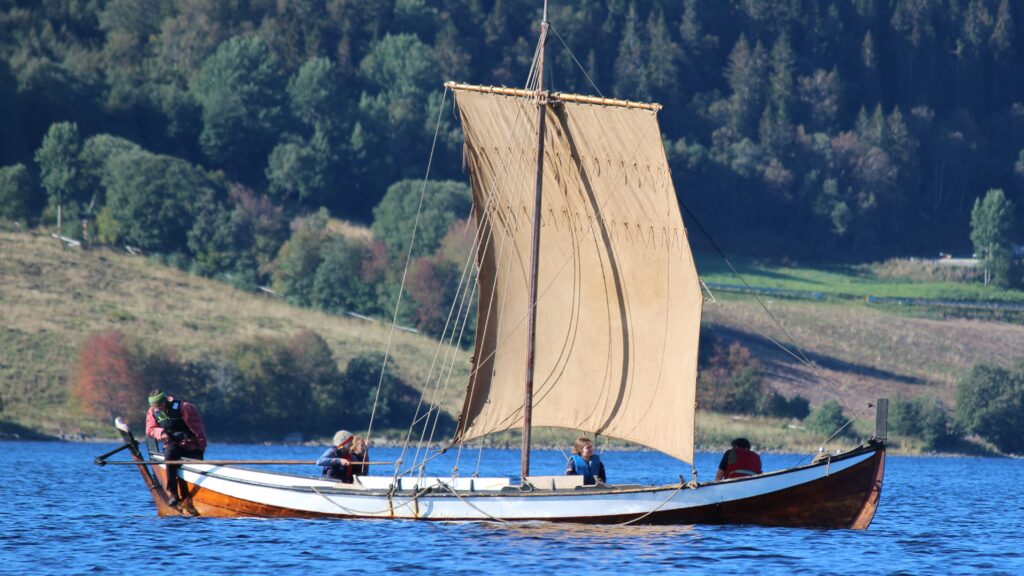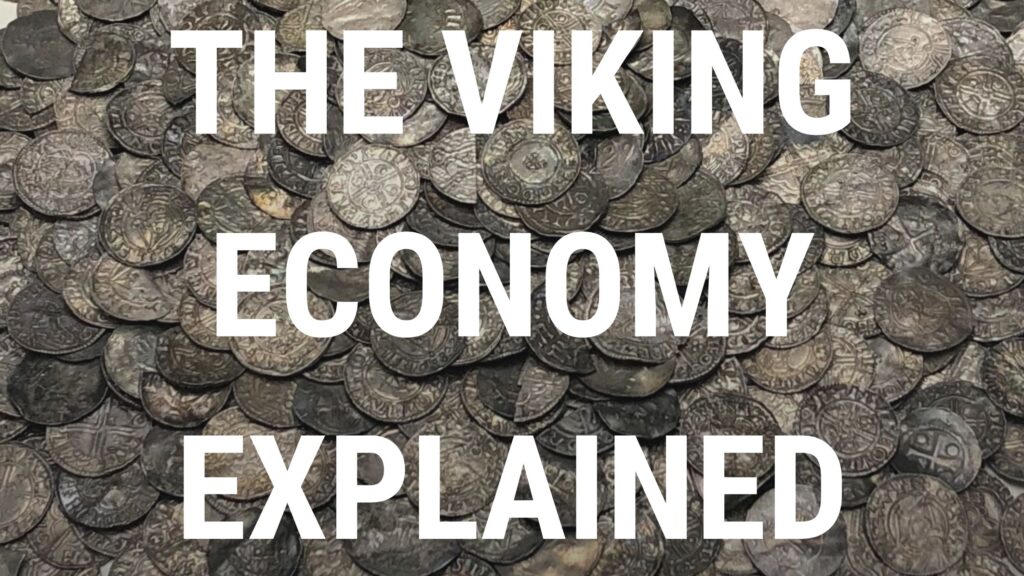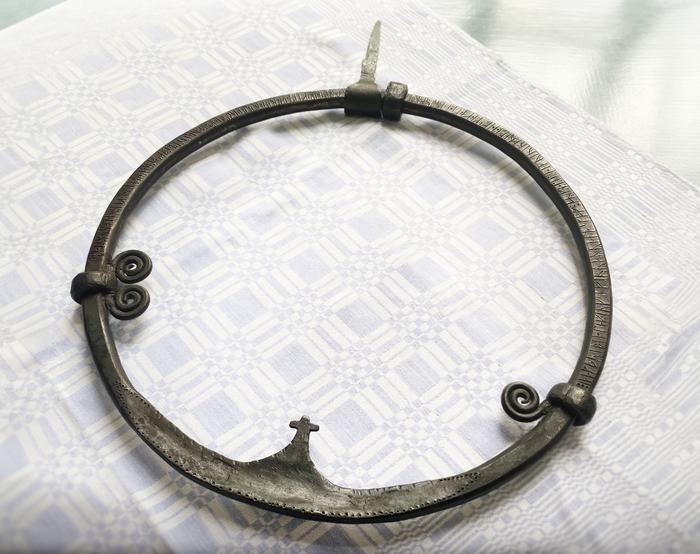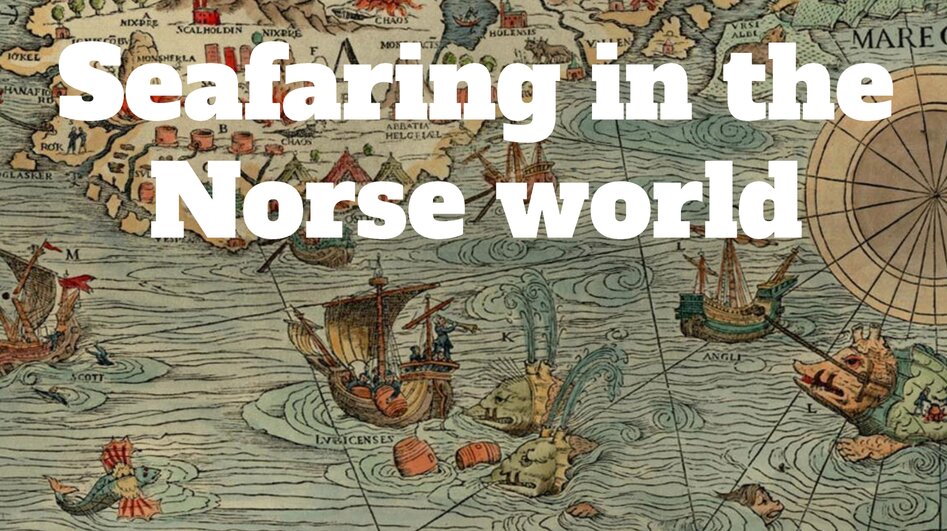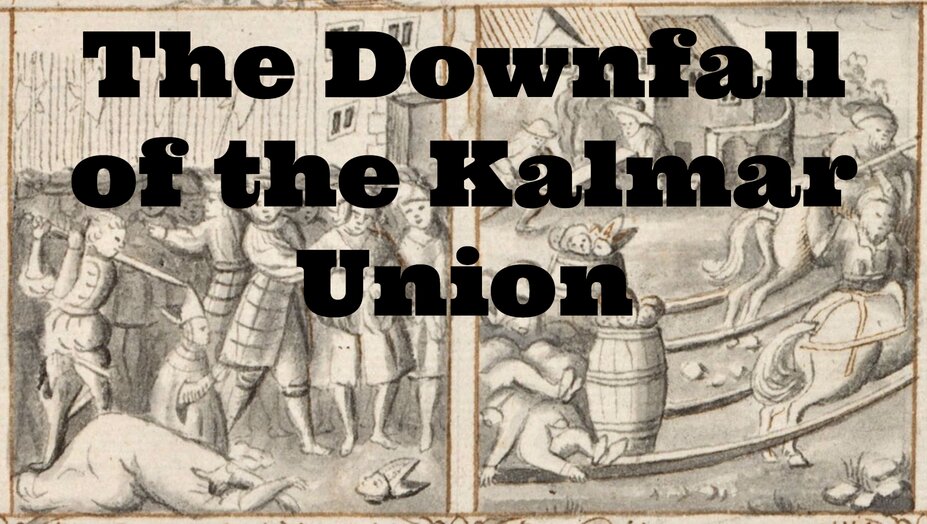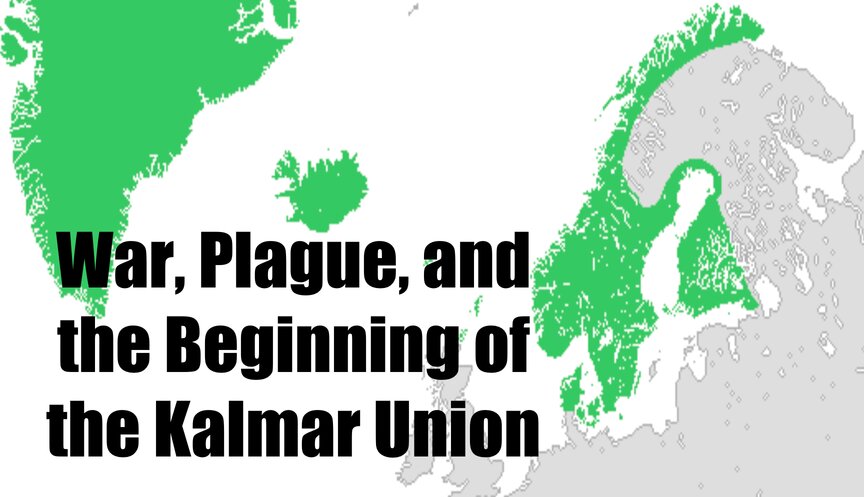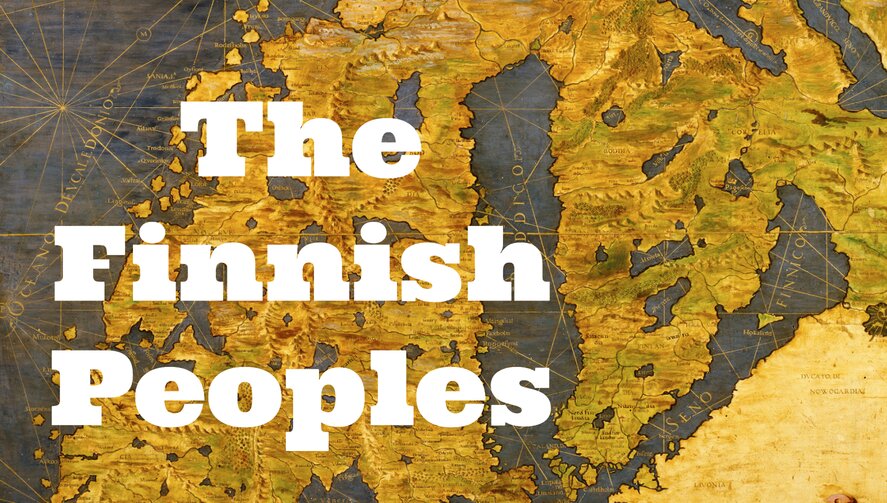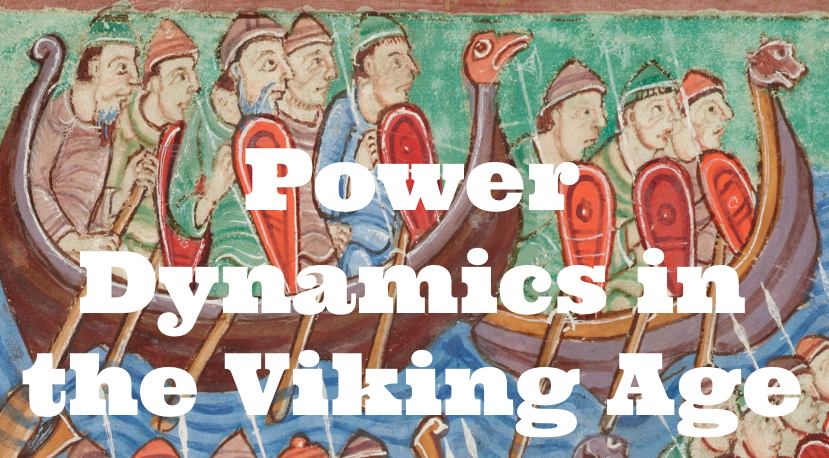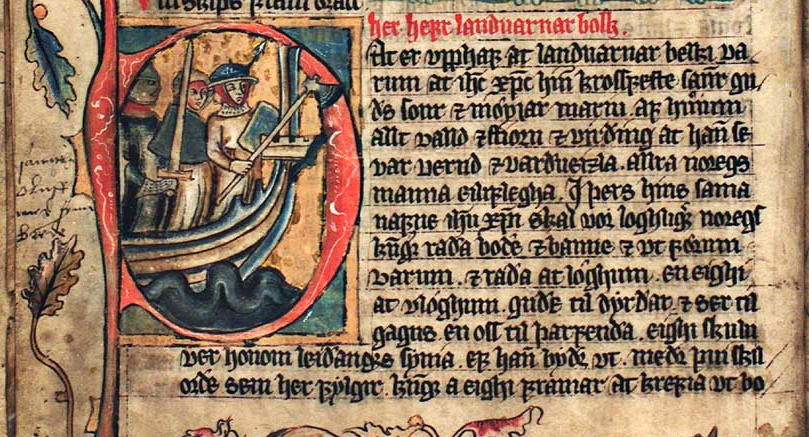New Research Reveals Vikings Sailed Farther from Shore Than Previously Thought
New research shows that Vikings sailed farther from land than previously thought, using a network of offshore harbours and navigating by myths and mental maps.
The Viking Economy Explained: Barter, Hacksilver, and Coinage
Discover how the Viking economy evolved from barter and prestige goods to hacksilver and coinage, using hoards to trace changing trade practices in medieval Scandinavia.
New Insights into Viking Age Economics from Runic Inscriptions
A recent reinterpretation of the runic inscription on the Forsa Ring offers a fresh perspective on the monetary system of the Viking Age, marking it as the oldest documented record of value in Scandinavia.
New Medieval Books: Letters from the North
Eleven short documents, in Latin with an English translation, that report on efforts to convert pagan peoples in northern Germany and Scandinavia.
Viking Age Horses Crossed Baltic Sea for Sacrificial Rituals, New Study Reveals
Horses crossed the Baltic Sea in ships during the Late Viking Age and were sacrificed for funeral rituals, according to research from Cardiff University.
The Battle of Nisa (1062)
It is a clash between Viking kings, as Harald Hardrada of Norway faces off against Sweyn II of Denmark. In this episode of Bow & Blade, Michael and Kelly discuss this naval battle and how it was told by the Icelandic writer Snorri Sturluson.
A Journey to the Far North in the Middle Ages
The name Ohthere does not usually rank among the famous explorers of the Middle Ages, such as Leif Erikson or Marco Polo. However, his exploits are very impressive, for he would sail into the Arctic Circle over eleven hundred years ago.
New study reveals who came to Scandinavia during the Viking Age
A large-scale study of the genetic history of Scandinavia over the last 2000 years has found increased patterns of migration during the Viking Age.
Seafaring in the Norse world: Advice from the Konungs skuggsjá
The Konungs skuggsjá, a thirteenth-century Norwegian text, details some of the dangers and the marvels to be found in the North Atlantic
Viking trade with the Middle East dates back to the year 775, researchers find
An interdisciplinary Danish team of researchers has used new astronomical knowledge to establish an exact time anchor for the arrival of trade flows from the Middle East in Viking-age Scandinavia.
Medieval Sámi were using draught reindeer, researchers find
Archaeologists at the University of Oulu observed that draught reindeer were used in Finnish Lapland at least 700 years ago.
Medieval Scandinavia: The Downfall of the Kalmar Union
For the ninth and last article in the series, Beñat Elortza Larrea explores the internal tensions and conflicts that caused the dissolution of the Kalmar Union.
Medieval Scandinavia: War, Plague, and the Beginning of the Kalmar Union
Beñat Elortza Larrea discusses the ravages of famine, warfare and disease in fourteenth-century Scandinavia, culminating with the formation of the Kalmar Union in 1397.
Medieval Scandinavia: The Finnish Peoples
In this seventh article of the series, Beñat Elortza Larrea discusses the main developments in the Finnish borderlands and the impacts of Swedish conquest.
Medieval Scandinavia: The Swedish Kingdom
Beñat Elortza Larrea discusses the transformation of Svealand and Götaland into the Swedish kingdom.
The Vikings also suffered from Smallpox, researchers find
The fatal disease smallpox is older and more widespread than scientists have first thought.
Medieval Scandinavia: Assemblies, Law-Giving and Language
In this feature on the Medieval Scandinavia series, Beñat Elortza Larrea discusses law assemblies, legislation, and how legal terminology can be tricky from a researcher’s perspective.
Medieval Scandinavia: The Rise and Fall of the Danish Kingdom
The history of Denmark between the late tenth and early fourteenth centuries.
Medieval Scandinavia: Power Dynamics in the Viking Age
In the first article on a series about the rise of kingdoms in medieval Scandinavia, Beñat Elortza Larrea examines the society and power dynamics found in the Viking Age.
The Sandby Borg Massacre: Interpersonal Violence and the Demography of the Dead
During excavations of the Iron Age ringfort of Sandby borg (AD 400–550), the remains of twenty-six unburied bodies were encountered inside and outside the buildings.
Gender equality and the Vikings
Modern-day Scandinavia is regarded as a model of equality between the sexes. A new study indicates that this may go back to the early Middle Ages.
Around the Barbarian Sea: Settlements and Outcomes in the Early Medieval Baltic
The Viking towns of Birka, Kaupang, Hedeby and Ribe have captured the imagination of archaeologists and the public alike, presenting the lives of their enigmatic inhabitants.
Charisma, Violence and Weapons: The Broken Swords of the Vikings
The blades were beaten, bent or twisted, sometimes folded together in a way that needs preparation, expertise and equipment. The fact that these swords were subjected to special treatment, handled in a different manner than the rest of the grave goods, underscores the distinctive role of swords in Norse society
The Dead Man’s Prophecy and a Roundtrip to Hell: The Early Adventures of Hadingus
What can be more glorious, more tempting than the conquest of death?
How today’s wars are similar to the medieval wars in Scandinavia
There are many ways in which to understand present-day warfare. One way is to look at the wars that took place in Middle Ages.
